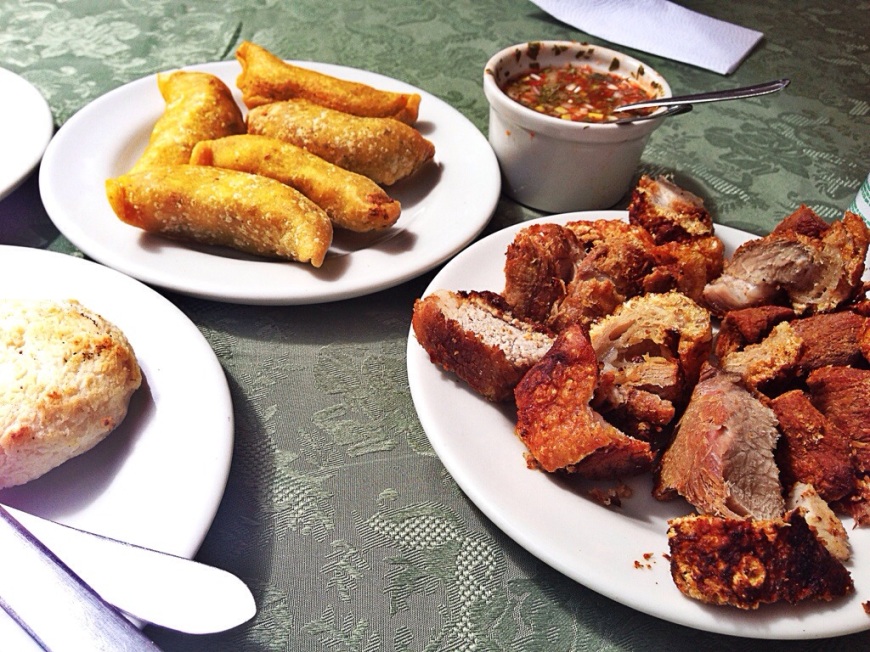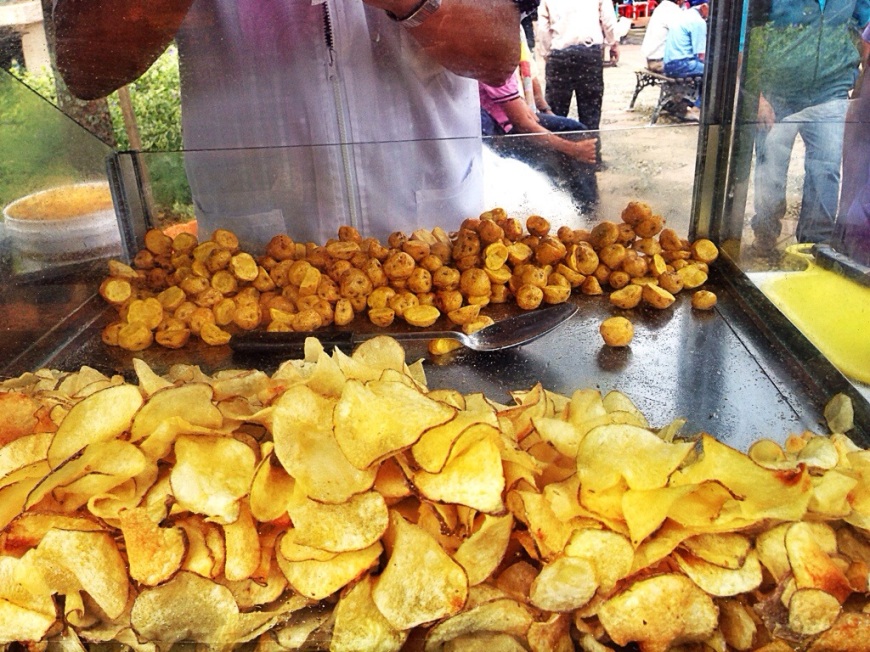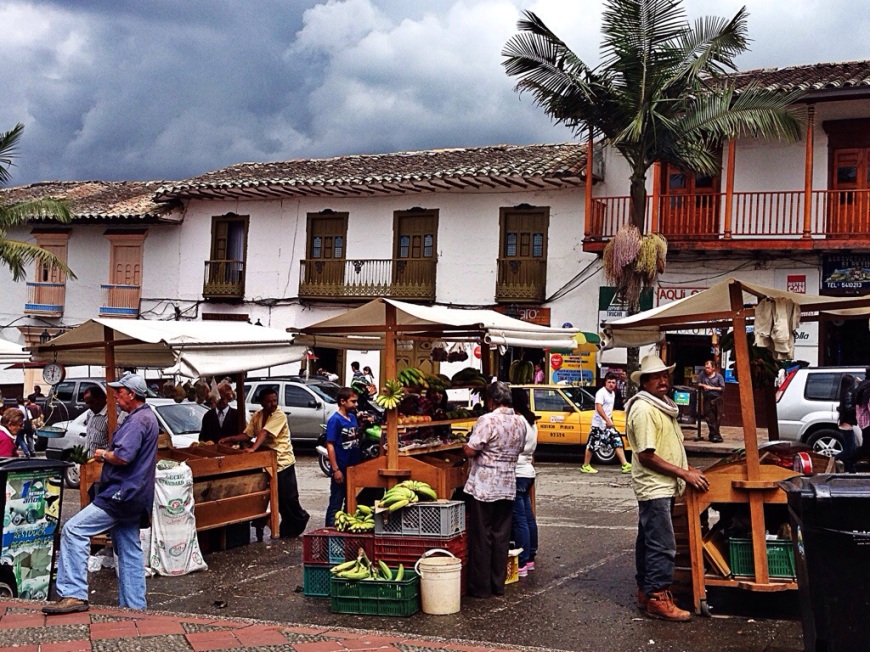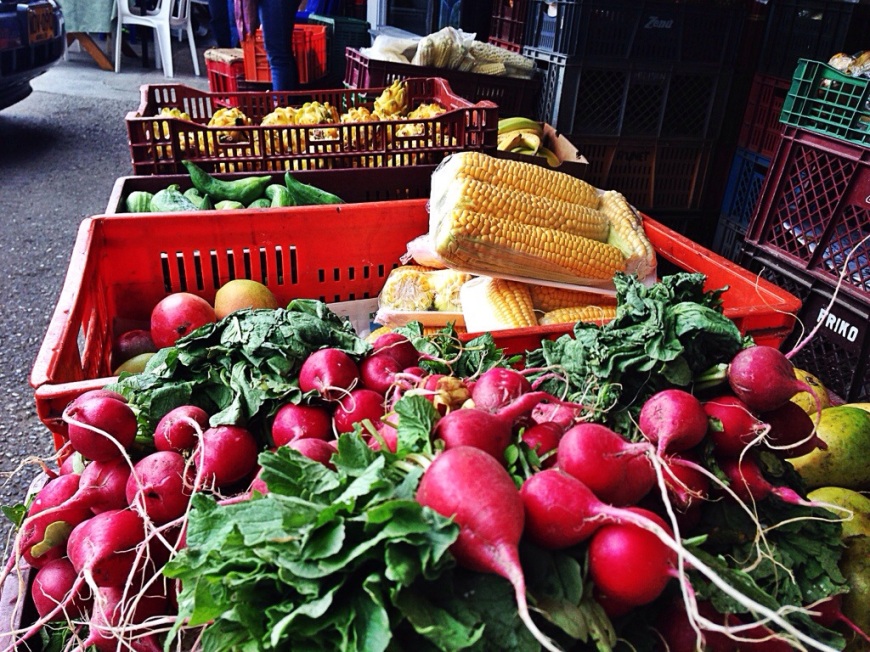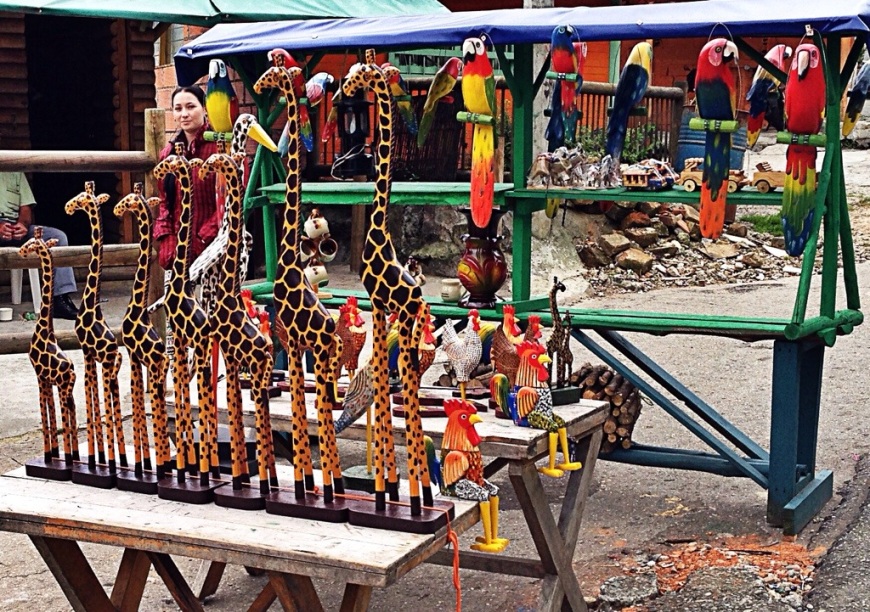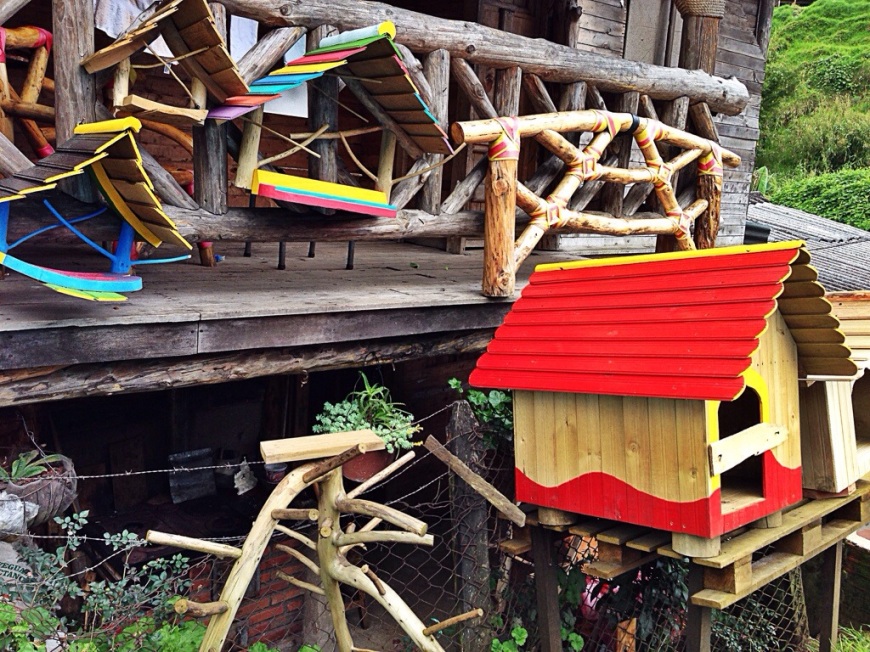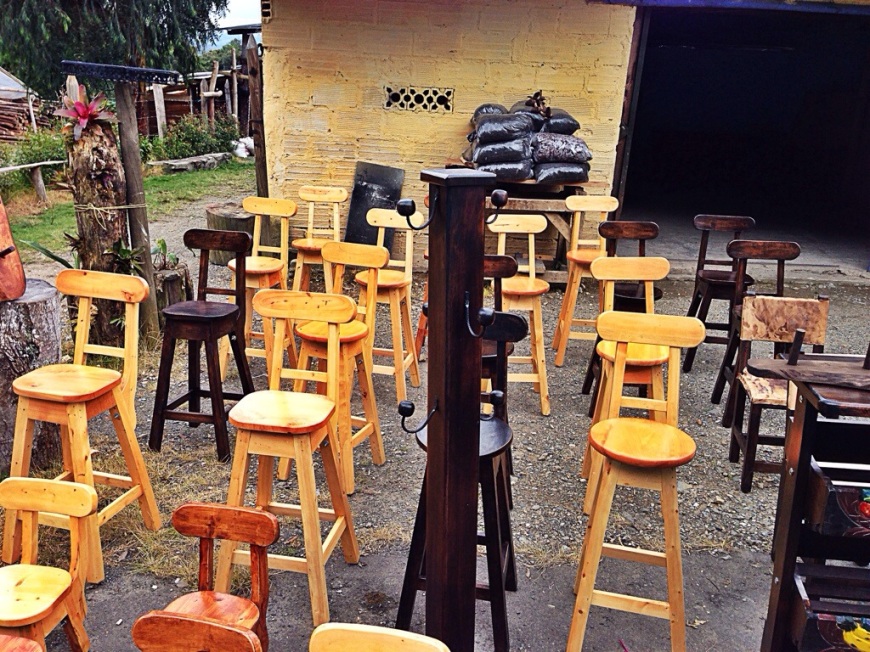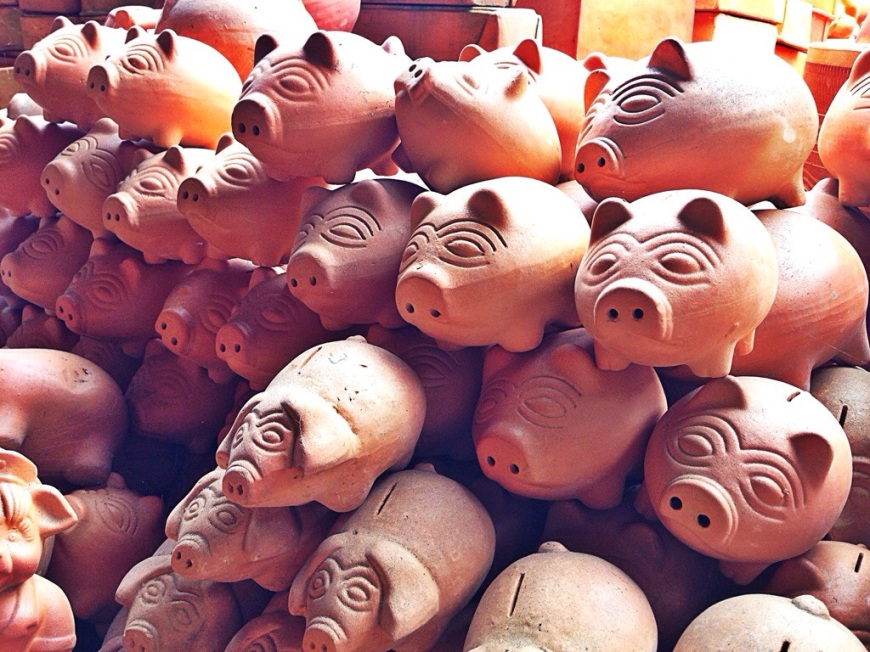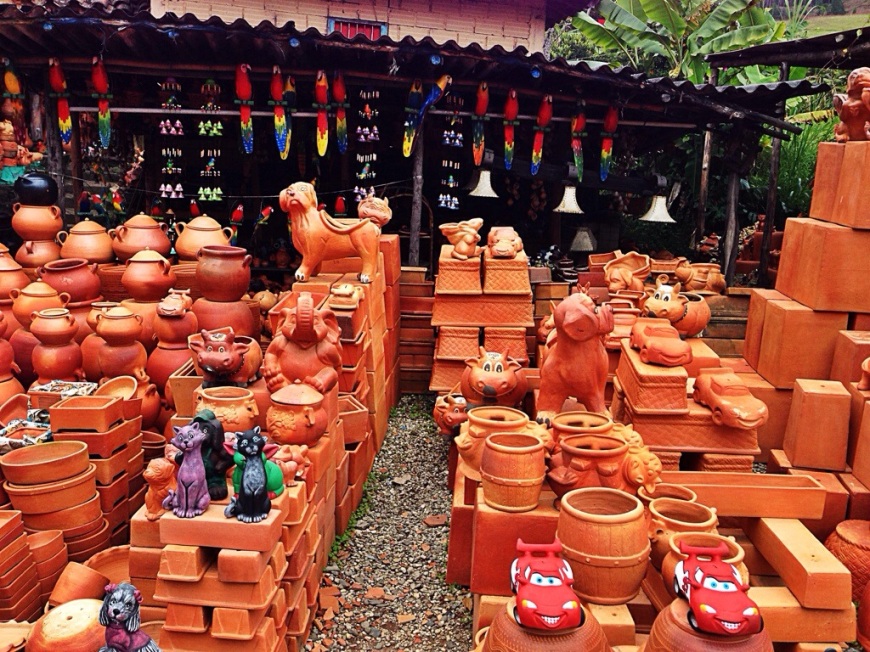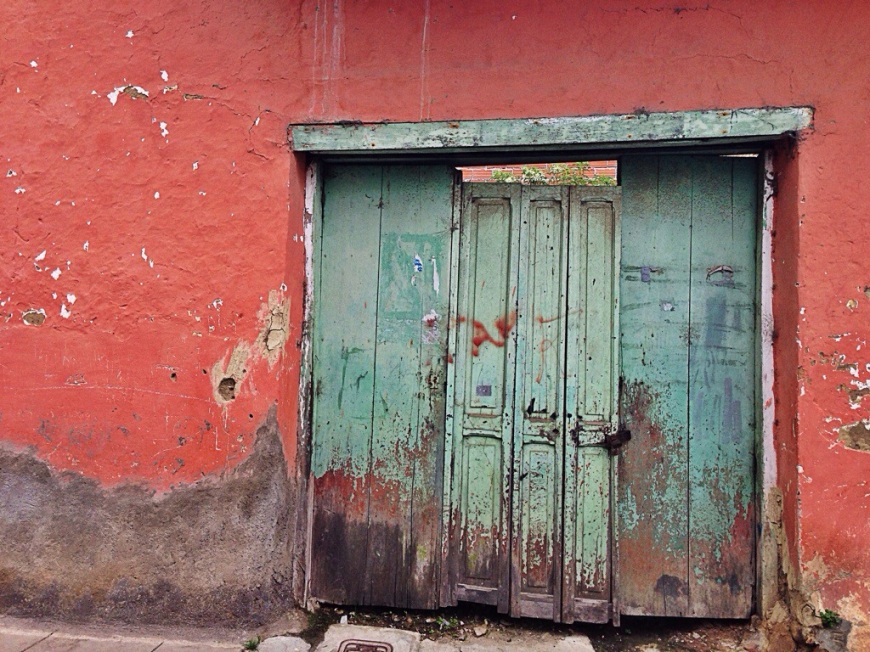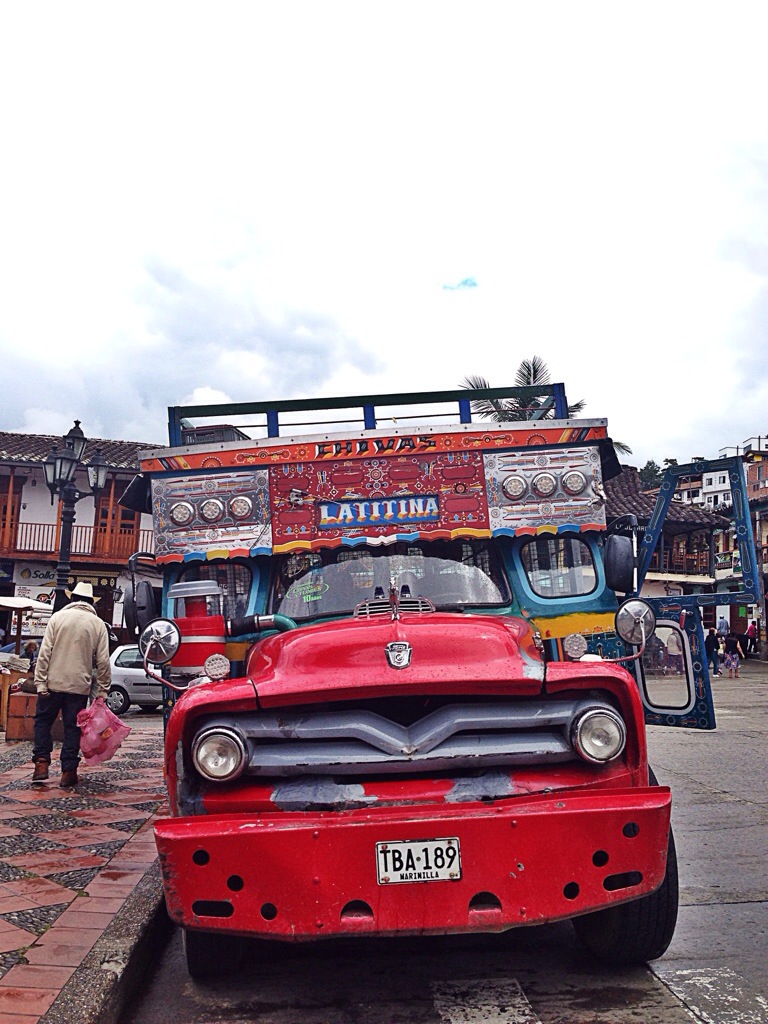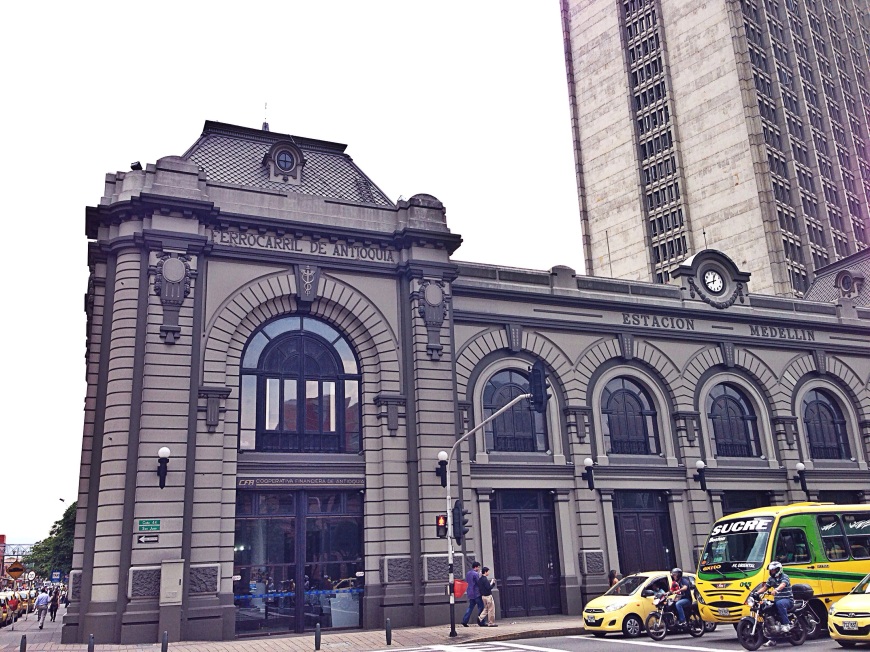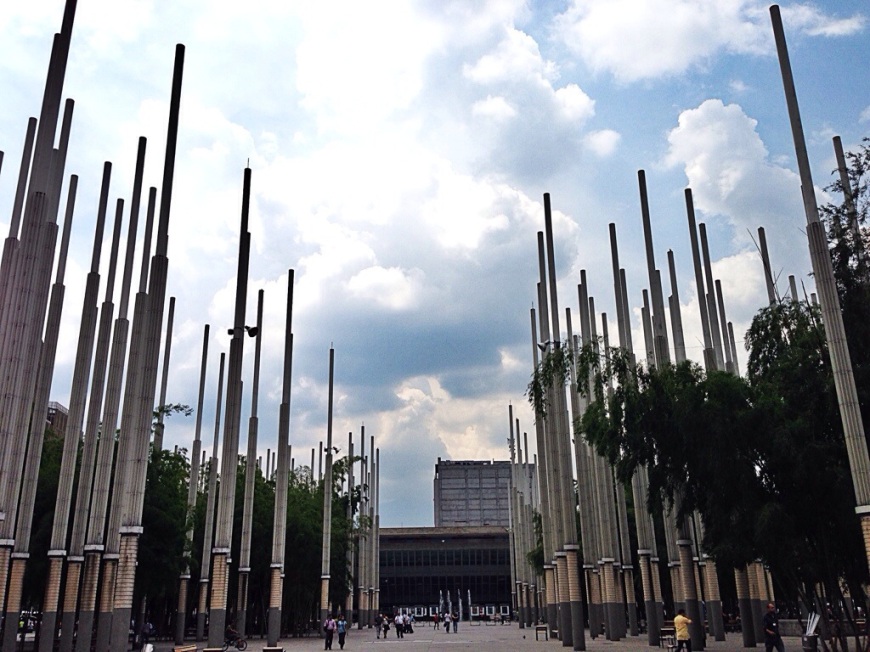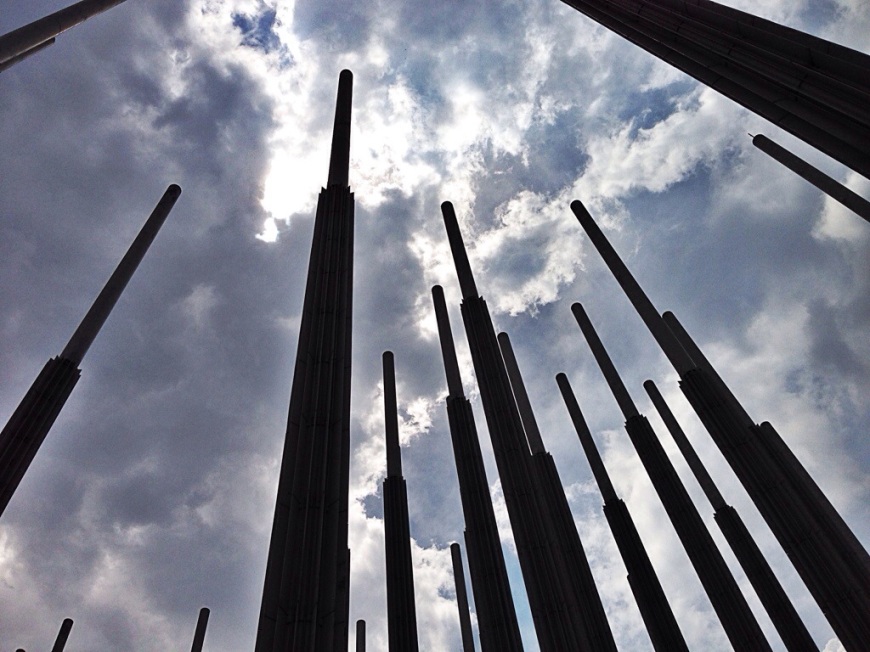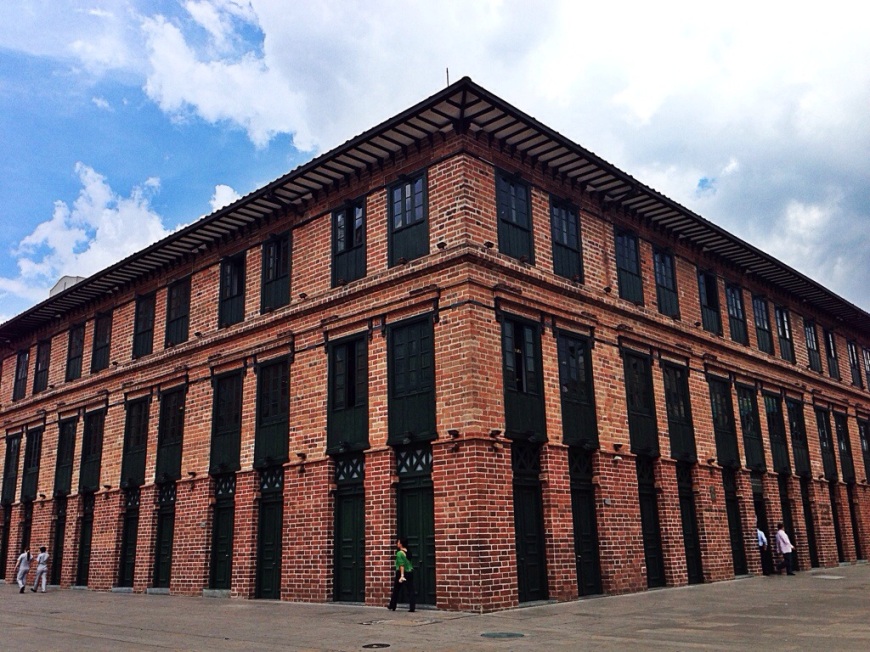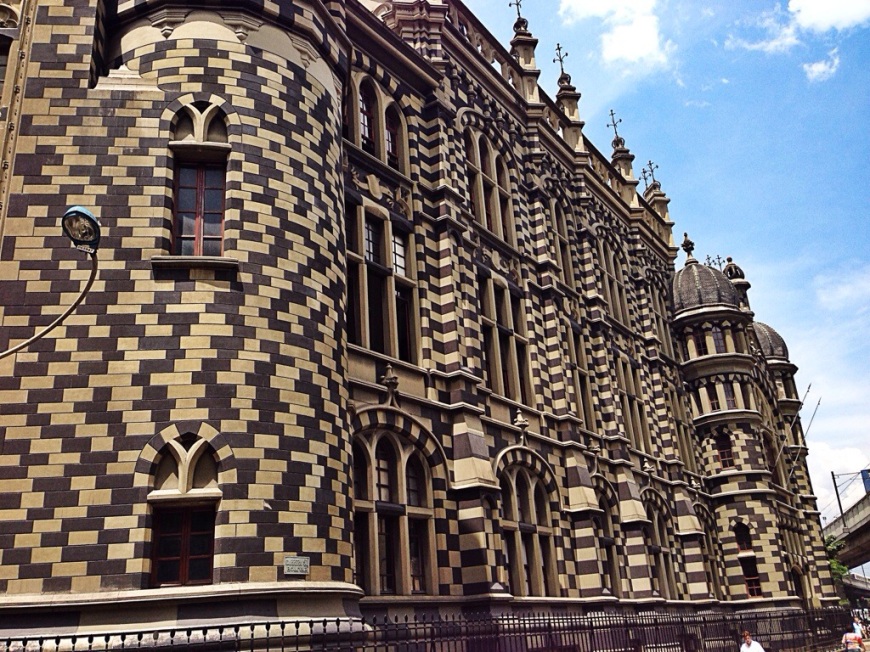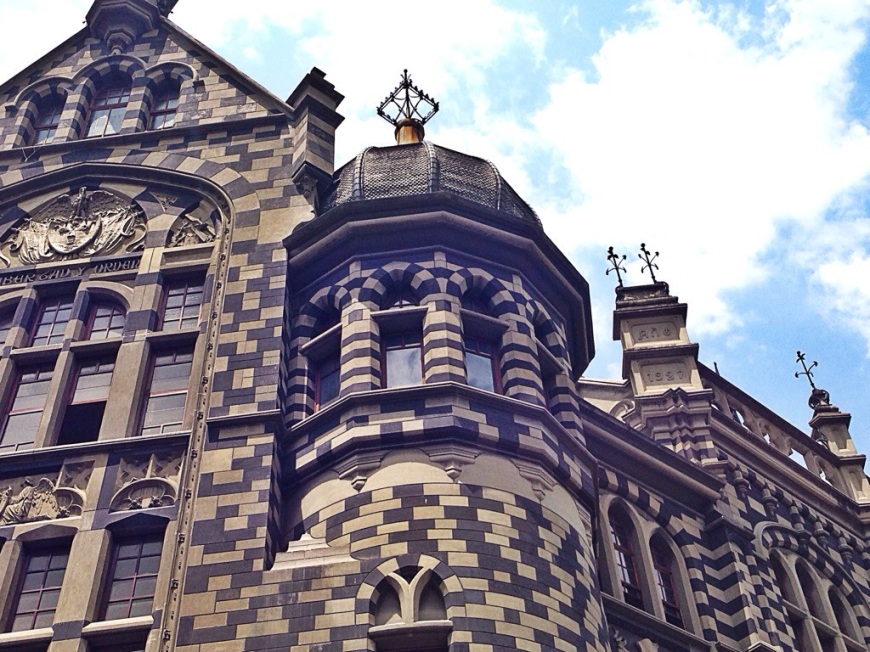During this trip you have to make a few stops in the road and have a bite of this great traditional paisa foods.
Durante el viaje de es hacer varias paradas para probar estas delicias de la tradición paisa
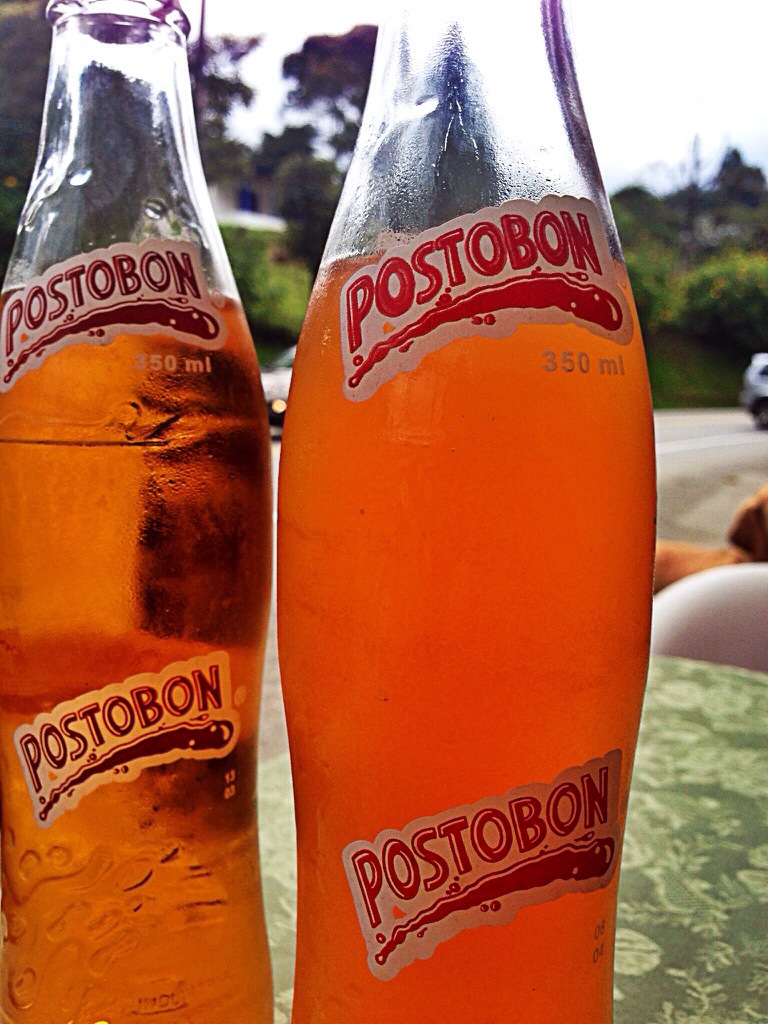
Postobon is the most traditional soda brand in Colombia and the flavors like pineapple, grape, tamarindo,orange or the Colombiana are really really good for a drink!
Postobón es la marca de gaseosas más tradicional del país y los sabores como piña, uva, tamarindo, naranjada o la colombiana son realmente buenos para un refrescante trago.
Empanadas and chicharrón… You have to eat in La Cantaleta.
Simply the best you can have in all the antioquian east!!
Empanadas y chicarrón. Tienes que parar y comer esto en la cantaleta. Simplemente las mejores del oriente antioqueño.
Potato chips and criolla (the smallone) with lemon and salt…. Yummy im already hungry!!
Papas chips y criollas (Las pequeñas amarillas) con limón y sal… Que delicia, ya me dio hambre.

